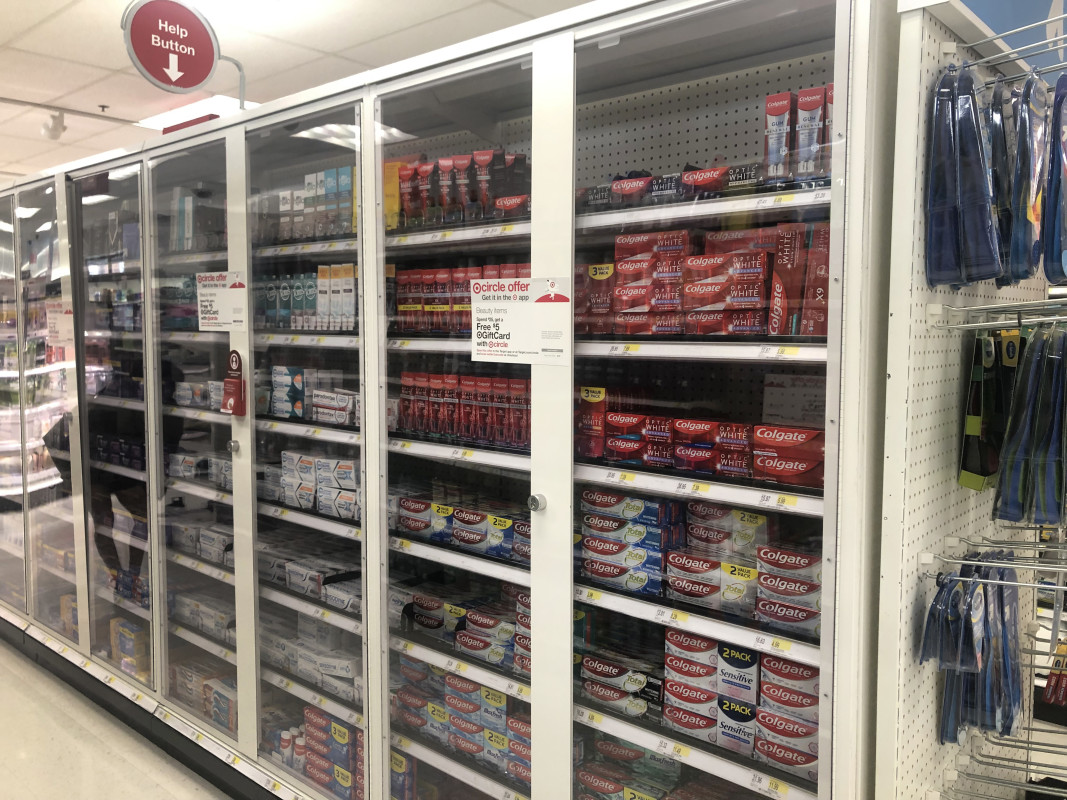
Videos depicting mobs of people in major U.S. cities smashing and grabbing luxury handbags and purses are readily available across the internet.
And it is more than just retail losses that is concerning. Violence against employees and shoppers has also risen as a result of the uptick in crime.
"Far beyond the financial impact of these crimes, the violence and concerns over safety continue to be the priority for all retailers," David Johnson, National Retail Federation VP of asset protection and retail operations, said.
Donald Trump, the presumptive Republican nominee for President of the United states, recently revealed his plan to tackle the issue, should he win the presidency.
"Very simply: If you rob a store, you can fully expect to be shot as you are leaving that store," he said in Oct. during a speech to California Republicans.
But a new report from the Council on Criminal Justice based on five years of research and city-specific data from 24 cities sheds new light on the issue of retail theft and the root causes of the epidemic.
The CCJ also relied on data from the U.S. Justice Department's National Incident-Based Reporting Program. to examine "the changing frequency of reported shoplifting, trends in other property offenses, changes in the value of stolen goods, offenses that co-occur with shoplifting, and the number of people involved in each incident."
What the data says
New York City and Los Angeles saw the largest increases in reported shoplifting among the cities studies by the CJJ (64% and 61%, respectively) from mid-year 2019 to mid-year 2023. St. Petersburg, Fla. and St. Paul, Minn. saw the largest decreases (78% and 65%, respectively).
The median value of goods stolen in shoplifting incidents grew from about $75 in 2019 to about $100 in 2021. When excluding the top 10% incidents in terms of value (outliers), the value of stolen goods in shoplifting incidents in 2021 was $756 or less, a $184 increase from 2019.
The number of people involved in these shoplifting incidents is also climbing sharply.
More than 95% of shoplifting incidents in 2019, 2020 and 2021 involved one or two people and 0.1% (or 1 out of 1,000) involved more than six people. But the share of cases lacking information of the number of people increased from 16% in 2019 to more than 25% in 2021.
In 2022, retail theft resulted in industry losses of $112.1 billion, compared to $93.9 billion in losses the previous year, according to the National Retail Federation.
What's being done
Though rare, shoplifting can sometimes lead to violence against retail employees and even shoppers.
The proportion of reported shoplifting incidents that involved an assault or other crime rose 9% from 2019 to 2021. Store assaults were up 8% over 2019 levels in the first half of 2023, but still represented less than 2% of all shoplifting events.
Some states are spending big money to combat the problem.
California allocated $267 million in 2023 to battle retail thefts and retailers are also stepping up their efforts.
Target (TGT) -) CEO Brian Cornell has been touting his company's response to the threat over the past few weeks, saying that he has gotten a solid handle on tackling the issue of retail theft at the more than 1,900 stores he overseas.
In order to curb theft, Target, and many other retailers, have resorted to placing some of the stores' most stolen items behind locked glass enclosures.
"Just in the last week I’ve been on the East Coast and on the West Coast in many of those stores that you’ve talked about where, items have been locked up. And actually what we hear from the guests is a big thank you," Cornell said on a media call after the company's earnings release Wednesday.
"Because we are in stock with the brands that they need when they’re shopping in our stores. And because we’ve invested in team member labor in those aisles and make sure we’re there to greet that guest, open up those cases and provide them the items they’re looking for."
Get investment guidance from trusted portfolio managers without the management fees. Sign up for Action Alerts PLUS now.







